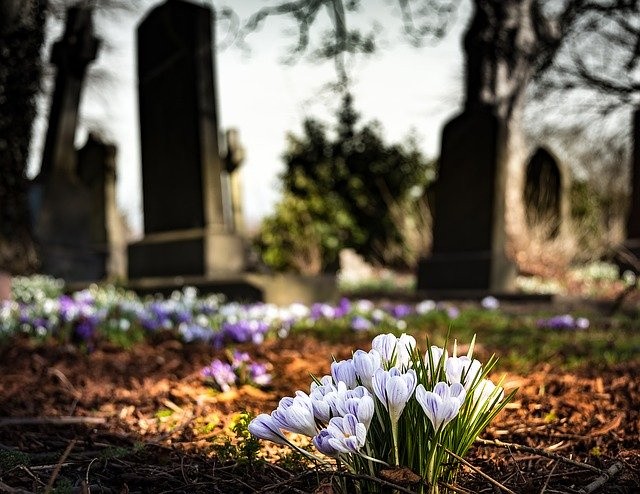
A valley dam that Rwanda officials claim could house 30,000 bodies has been discovered more than a quarter-century after the nation's genocide with 800,000 ethnic Tutsi and Hutus fatalities who tried to protect them.
This is touted as the most important discovery in years. 50 bodies have been unearthed so far with attempts that are hindered by the East African country's lockdown due to COVID-19.
On April 7, Tuesday, it has been 26 years since the genocide transpired.
Since the country is subjected to lockdown, residents commemorated the genocide day through activities on TV and social media.
The events regarding the anniversary usually organized by the National Unity and Reconciliation Commission and were aired on TV and social media as all public gatherings have been banned due to the novel coronavirus.
The unearthing of the genocide grave could not be timelier as several perpetrators of the genocide are being released from jai including lieutenant colonel Aloys Simba. He was freed in December 2018 despite protests by the Rwandan government.
Efforts to exhume bodies are also being hampered by water filling.
"The challenge we face now is that the valley dam contains water, but we are trying to dry it up," according to Naphtal Ahishakiye, executive secretary of genocide survivor organization Ibuka.
Ethnic Tutsis and Hutu moderates along with their political allies were massacred in the 100-day bloodshed.
New information on mass graves is being offered by some inmates who were freed from prison, while other information on the dam came were provided by nearby residents.
The virus-related lockdown is currently preventing in-person funeral gatherings, so Ahishakiye added, "We try our best so that we give the dead a decent burial."
The genocide followed President Juvénal Habyarimana's assassination.
The valley dam is located outside the capital, Kigali, in the east of the country.
According to authorities, years before the genocide, the dam was dug to provide water for rice farming.
When graves of victims from the genocide are unearthed, some survivors question whether true reconciliation can be agreed upon if suspects of the killings conceal information about the location of bodies buried. Some survivors are dubious about this act of secrecy by the perpetrators.
Every now and then, mass graves are unearthed in the country, underscoring the scale of the horror.
Practically everybody in the country is aware of the tribulation that Hutus and Tutsis had to endure during the genocide. Hutu majority militias were responsible for killing the Tutsis and other Hutus who were against the genocide.
Rwandans are mainly ethnic Hutus, but their country was reigned over by the Tutsi minority for decades until 1959 when their monarchy was overthrown.
A Tutsi rebel group identified as the Rwandan Patriotic Front that had been created in Uganda invaded the country in 1990.
Members of the minority Tutsi community were targeted and slaughtered, along with their political opponents regardless of their ethnic origin. Around 70 percent of the country's Tutsi population was murdered.
The massacre was only halted when the RPF took control of the capital. This led to about 2 million Hutus who were perpetrators of the genocide or feared reprisal attacks to escape.
© 2025 HNGN, All rights reserved. Do not reproduce without permission.








